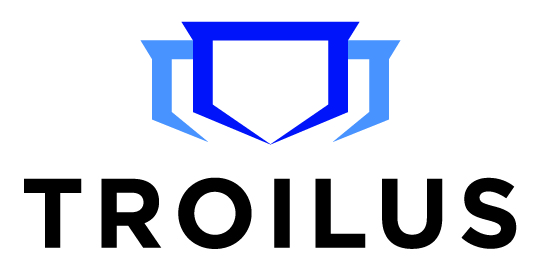Justin Reid, CEO of Troilus Gold Corp. (TSX: TLG) (OTCQX: CHXMF), joins me to take a deep dive into the key metrics and takeaways on the Feasibility Study released to the market on May 14th on the gold-copper Troilus Project located in northcentral Quebec, Canada. The Study incorporates an initial mineral reserve estimate that supports a long life, large scale, 50,000 tonnes per day open-pit mining operation; a project in a tier-one mining jurisdiction that stands out in the Quebec and Canadian mining landscapes.
This is a wide-ranging discussion where Justin addresses head on some of the questions or potential concerns that have been raised by the market about the lower IRR number, drop in grade from the PEA to the FS, and large capex to build the project, and puts these numbers in context with several other large open-pit bulk tonnage projects built in Canada like Detour Lake, Malartic, Cote’, Magino, and Greenstone. These are the kinds of mines that actually get built and become key contributors in the gold space, and having the copper and silver exposure, as well as the 70% institutional partners and stakeholders, gives the company a number of levers to pull for raising the capital stack needed in a non-dilutive manner.
Justin encourages listeners to think beyond the typical flashier headline numbers from higher-grade underground mine economic studies that regularly hit the markets from other companies, and take a closer look at the details and look under the hood of this study. For example, he notes how the grade and economics ramp up in years 3-8, and then are stead for more than another decade. The value extends far beyond the typical 10 years a company gets in a discounted cash-flow scenario, as this is a 22 year mine life at present and growing. Justin points out that with only half of the 13 million gold equivalent resources included in the reserves at this point, that the mine life will eventually extend well beyond 30 years, with more definition and infill drilling to upgrade categories of the resources into the reserves. We also discuss the dichotomy between how retail investors reacted and commented, versus how the Company’s institutional investors responded to this study.
Strong Economic Results
- Base Case after-tax NPV5% of USD$884.5 million and IRR of 14%, reflecting long-term forecast prices of US$1,975/oz Au, $4.05/lb Cu, $23/oz Ag and $0.74 USD/CAD exchange rate.
- After-tax NPV5% of USD$1.55 billion and IRR of 19.5% at April 2024 average metal prices (Au: $2,332/oz; Cu: $4.30/lb; Ag: $27.50/oz).
- Cumulative after-tax cashflow of $2.2 billion on base case assumptions; increasing to $3.4 billion using average metal prices for April 2024.
- Open pit mine life of 22 years with the potential for future underground development.
- Life-of-mine average payable gold production of 244,600 ounces annually, 17.3 million pounds of copper and 446,700 ounces of silver annually.
- Peak annual payable gold production of 456,100 ounces, 31.8 million pounds of copper and 613,600 ounces of silver in year 7.
- Open pit mine, processing 50,000 tonnes-per-day (“tpd”); a 43% larger scale operation than the 35,000 tpd processing rate contemplated in the Preliminary Economic Assessment (“PEA”) from 2020.
- An economical and energy-efficient process to produce a desirable gold-rich copper concentrate for sale to smelters, with a cyanide-free gravity concentration circuit to produce doré after Year 1.
- Supported by an initial Mineral Reserve estimate of 380Mt grading 0.59 g/t gold equivalent (“AuEq”) (0.49 g/t Au, 0.058% Cu and 1.0 g/t Ag) for a contained 7.26Moz AuEq (6.02 Moz Au, 484 Mlbs Cu and 12.2 Moz Ag).1
- LOM total payable gold of 5.4 million ounces, 382 million lbs of copper and 9.9 million ounces of silver.
- Average LOM strip ratio of 3.1:1.
Low-Cost Production
- All-in sustaining cash operating costs (“AISC”) of $1,109/oz.
- Average operating costs of $19.06/t milled ore.
Attractive Capital Intensity Given Inflationary Environment and Scale of Operation
- Initial development capital of (“CAPEX”) of $1,074 million, including all mine pre-production costs, net of existing infrastructure.
- Existing and upgraded infrastructure, including powerlines and 50MW substation, all-weather access roads and tailings facility among other infrastructure, reduce capital requirements for the project and overall capital intensity.
Exploration Upside:
- Numerous targets ranging from grass roots geochemical anomalies to early-stage drill targets are actively being explored and advanced, both near mine and regionally, representing significant future upside potential.
If you have any questions for Justin regarding Troilus Gold, then please email them over to me at Shad@kereport.com.
.
Click here to follow along with the latest news from Troilus Gold
